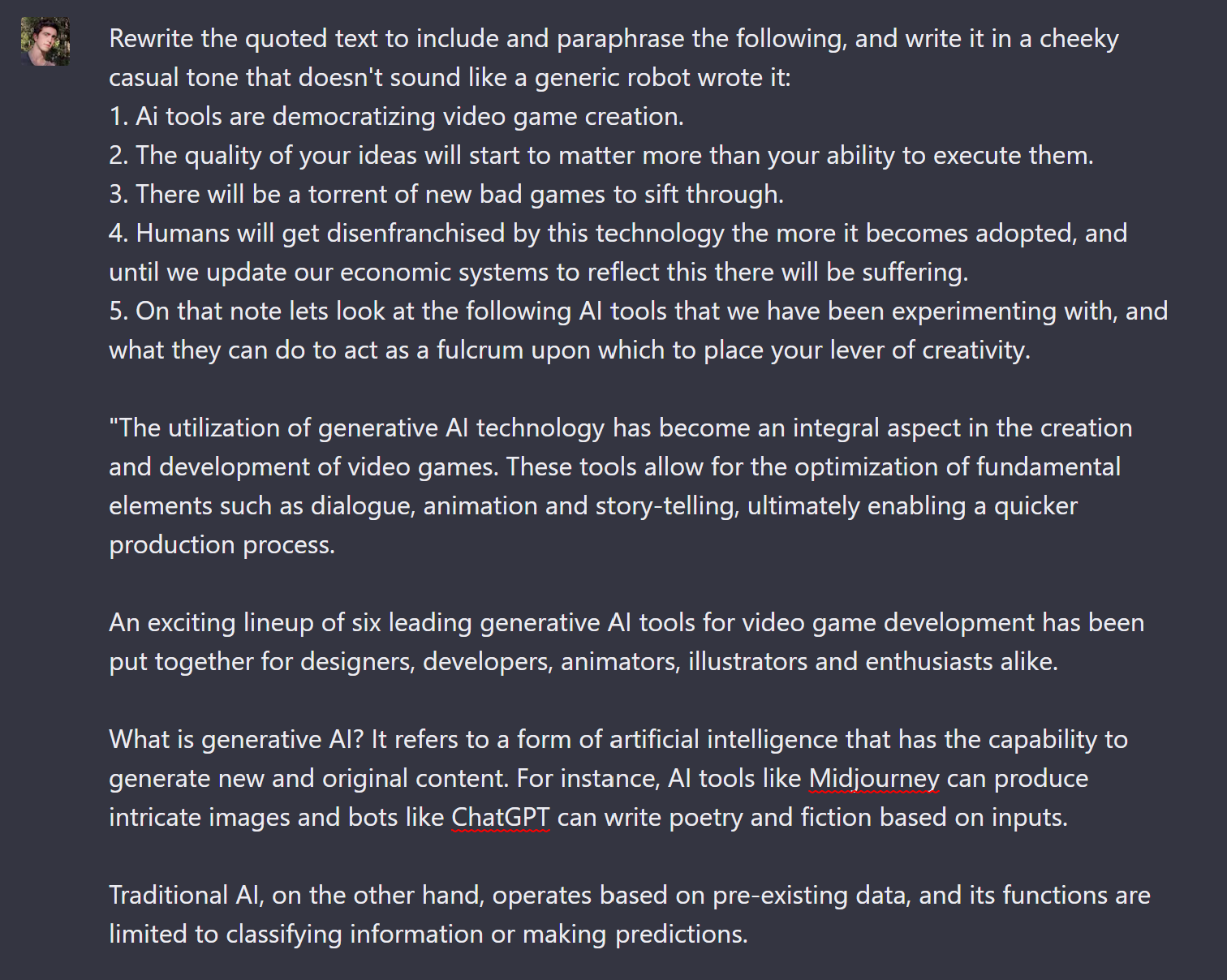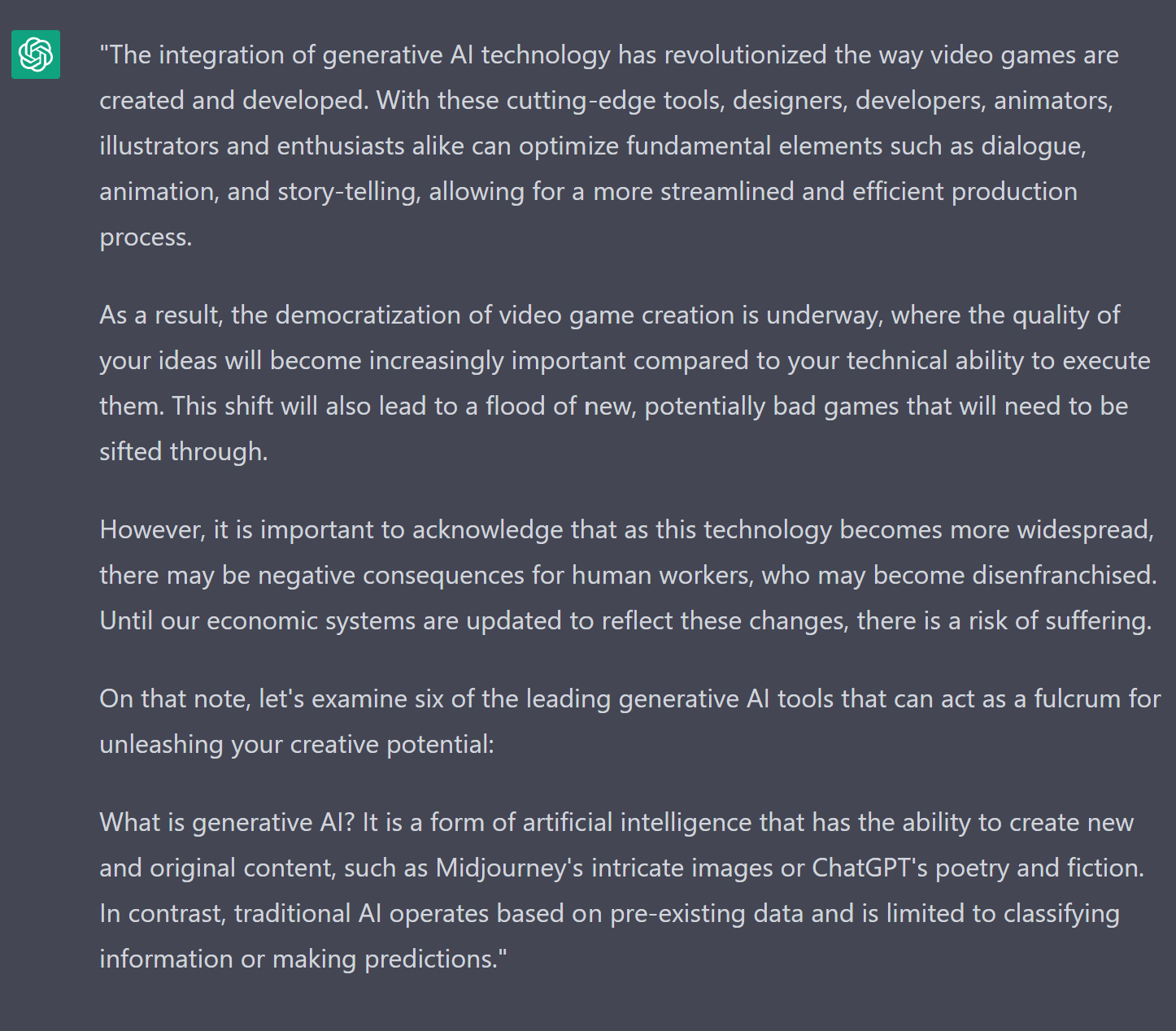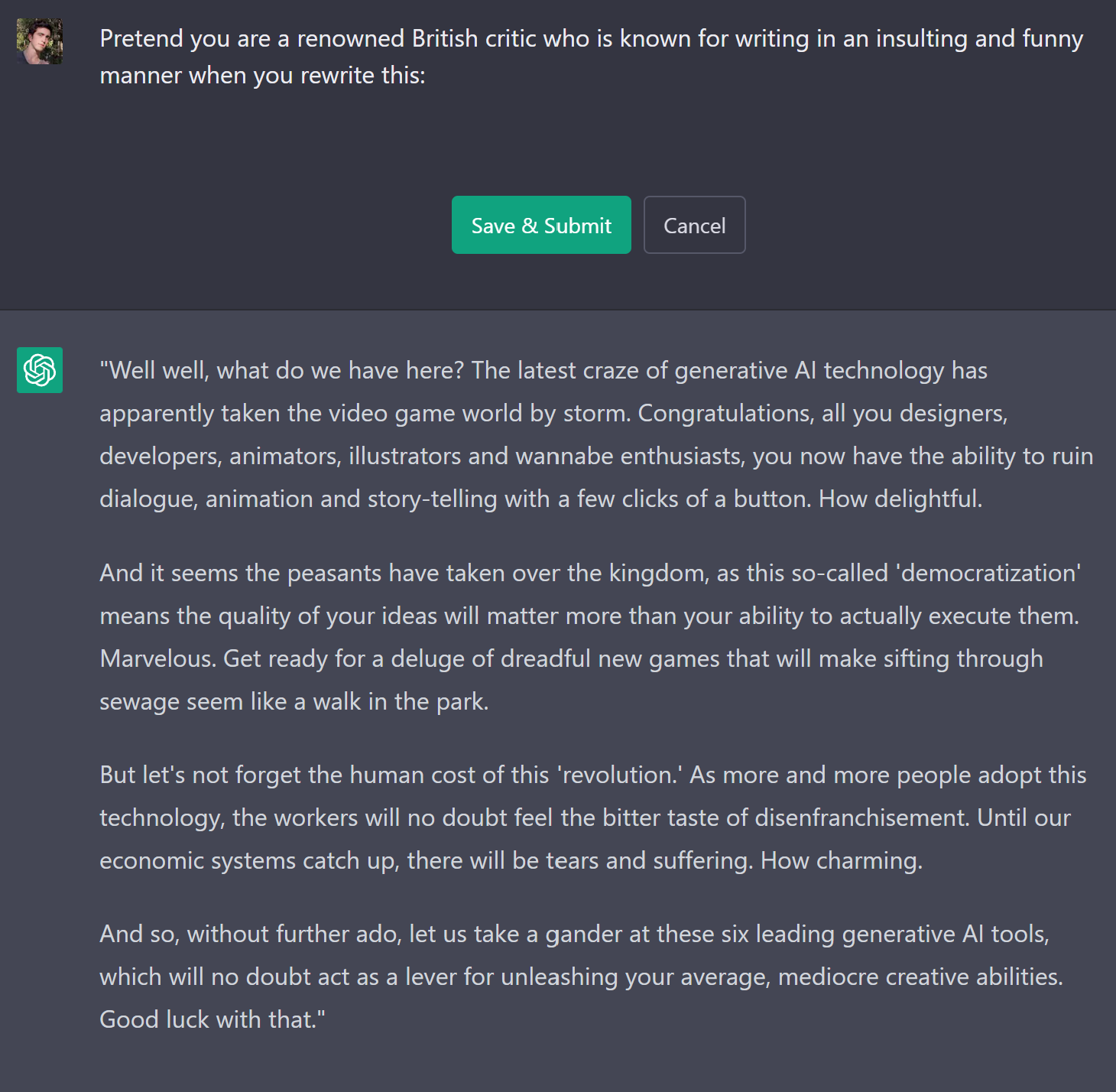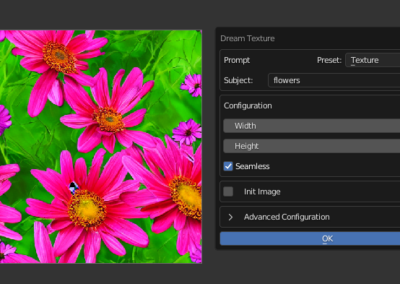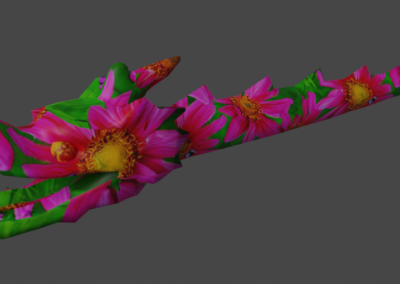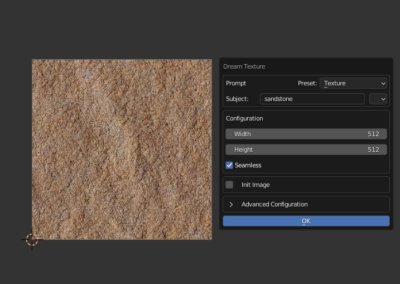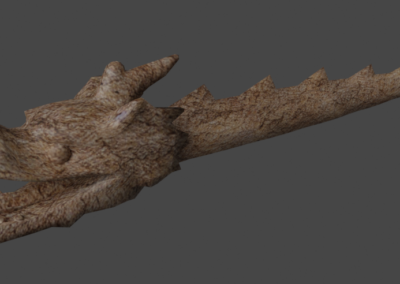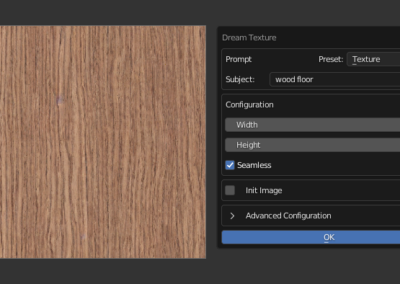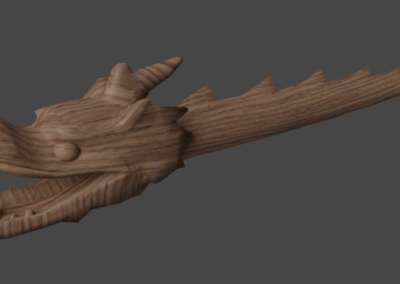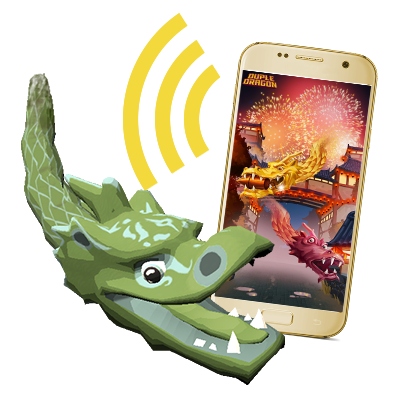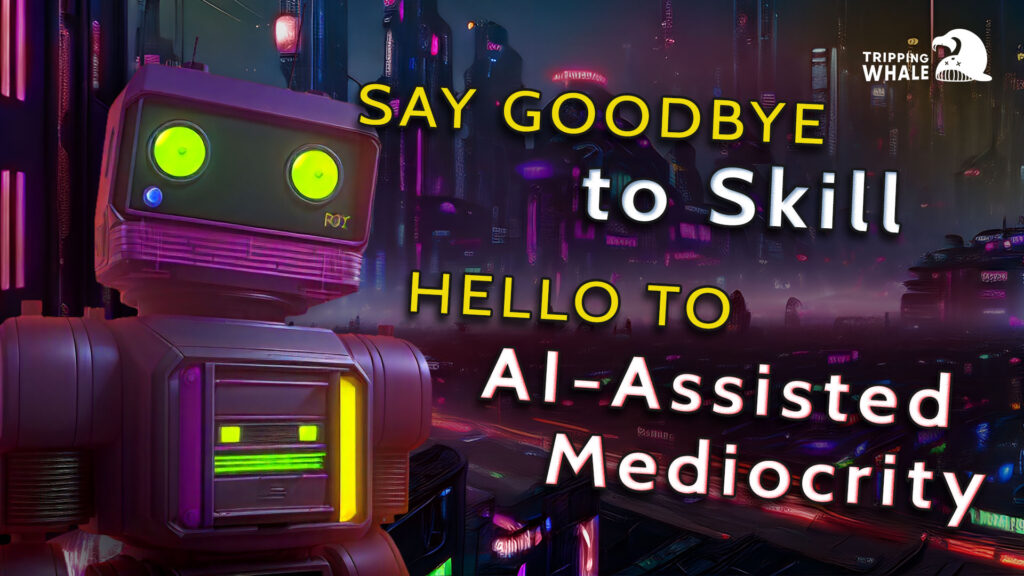
Say Goodbye to Skill, Hello to AI-Assisted Mediocrity
Stay in Touch
Sign up for our newsletter to get exclusive Duple Dragon goodies and news in your inbox, and join our Discord server to chat with us and other players.
The integration of generative AI technology has changed the landscape of video game creation for the worse. These overhyped tools have convinced designers, developers, animators, illustrators and enthusiasts alike that they can optimize the fundamentals of game development, but in reality, they are just making it easier to produce mediocre games faster.
Thanks to these tools, anyone with a harebrained idea can now make a video game, regardless of their technical ability, leading to a proliferation of bad games. It’s like handing a paintbrush to a toddler and expecting a masterpiece.
As this technology becomes more prevalent, it will also have a detrimental impact on human workers, who will become obsolete and replaced by algorithms. This shift will only compound the already dire economic situation, and until our economic systems adapt, there will be widespread suffering.
But, for those of you still clinging to the hope of unleashing your creative potential, here are six generative AI tools that can act as a crutch for your lack of imagination.
ChatGPT
Just kidding! We actually think AI tools are fantastic, and we used ChatGPT to write a bunch of sarcastic stuff for fun. The integration of generative AI technology is actually a huge step forward for the video game industry, streamlining the production process and allowing designers to focus on the most important aspect of game development: their ideas. The democratization of video game creation means that the quality of your ideas will become even more important, and with the help of AI tools, everyone has the potential to create something truly amazing. So don’t let our snarky tone fool you, AI tools are the future of video game creation and we’re excited to see what the industry will come up with next.
OK, OK, the fun is over now. The above paragraph was ALSO written by ChatGPT. We pinky promise this is a real human now. In reality, though, our team’s feelings echo aspects of both of those AI-written takes. We think that AI tools, if used correctly, could be transformational for small creators like ourselves. It could allow us to supercharge our asset creation pipeline so that we can make game ideas that would have been completely out of scope before. On the other hand, we believe the danger of people being disenfranchised by this technology are very real, and that our capitalist economic model—that for large swaths of the industry creates profit not by innovating, but by underpaying labor and externalizing costs—will crash head first into reality, as vast swathes of the population become unemployable due to no fault of their own. We’d like to expand on our philosophy around AI more in the future in another blog post, but today we’re focusing on AI tools we’re currently exploring for our own workflows. ChatGPT is definitely one of them.
If you haven’t heard of ChatGPT before, that’s impressive, because it’s been taking the online world by storm. With reactions to it like “It’s going to destroy most white collar jobs entirely”, or “It will usher in a new utopian age of freedom from monotonous work”, you can see how it’s gaining some headlines! At its core, it’s a really fancy auto-complete with the ability to process natural human language. It can answer questions for you, and sometimes get them right. It can write code snippets, create poems about online shopping in the style of Charles Dickens, and do just about anything that could be expressed as text in response to a question or command.
We’ve found that if you ask it to write paragraphs about a topic—like we did for the start of this blog post—the results end up being very generic, sounding like mediocre bullshit-filled marketing copy. The results we actually used above came about after telling it to write in a certain tone or style. We even had to use some trickery to get it to make the snarky one, because there are locks in place that try to stop it from giving you mean content. As you can see, they don’t work very well. Here is a collection of screenshots showing how we got ChatGPT to write what we wanted.
AI Textures
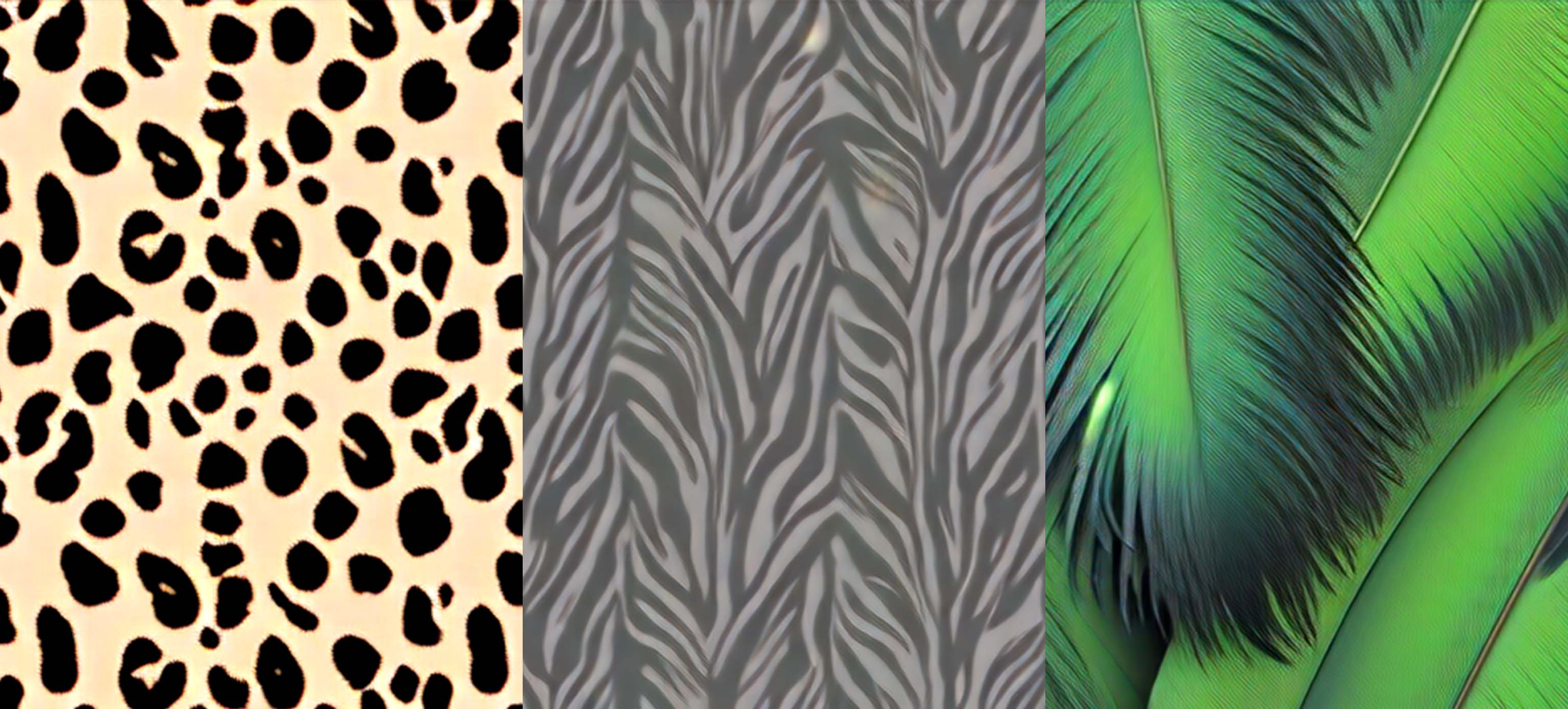
One of the most useful-seeming areas of AI tools for game development are AI textures. We’re sure many of you have seen and heard about the AI art tools now available, like Stable Diffusion, Midjourney, Dall.E, and more. A subset of these tools are specifically designed to create seamless textures.
At the very least these tools are extremely powerful for prototyping, and with some finetuning and hand editing we think much of the output could be used in a final product. So far the biggest challenge with these texturing tools, and AI art in general, is getting it to adopt a consistent style, especially if it’s your own style—or to make it draw a custom character. Those hurdles must be overcome if these tools are to become usable outside of quick prototyping, but luckily work on that front is progressing rapidly in the AI community.
Here are two options we’ve been exploring for texturing:
Dream Textures
Dream Textures is a plugin that allows you to use Stable Diffusion directly in Blender. It allows the creation of seamless textures and is completely free (though you will have some setup to do on your end to get it working, and need a computer powerful enough to run Stable Diffusion). We will almost definitely be using this plugin in the future, for prototyping at the very least. If we can find a way to get it to match our existing style, we could end up using it for more than that.
PatternedAI
PatternedAI is a paid service that allows you to generate seamless patterns with a text prompt. The outputs from it are quite good from our experimentation, but the subscription aspect is a big downside for a tiny operation like ours.
AI Music
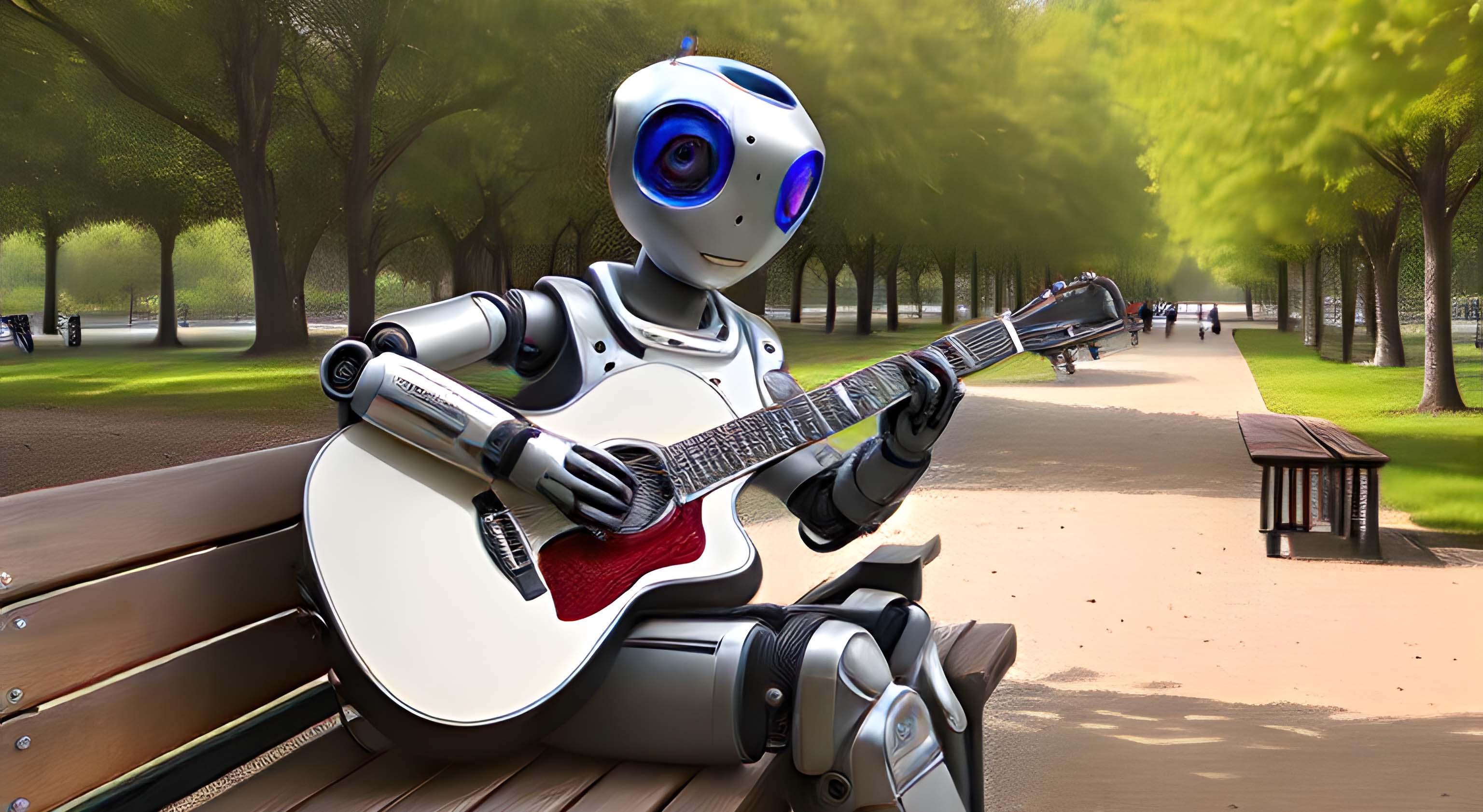
Another area that really appeals to us is AI music. We don’t have any musicians on the team, and commissioning the 7 songs we used in Duple Dragon was one of the more expensive parts of creating the game for us. If we could get even decent music tracks out of an AI tool, that would allow us to have so much more music overall in our work. All of us are music lovers, and to be honest, none of the AI music tools we’ve tried so far are blowing us away with their compositions. Still, some of them might just be good enough.
The biggest limitation we’ve come across so far is the very limited set of styles you can choose from in these tools. Duple Dragon’s musical style is meant to be East Asian flavored Drum and Bass, and while these tools can get the Drum and Bass part, they don’t have any way to add East Asian instruments, scales, or melodies. Still, the tools are so promising that we aren’t going to give up yet and we’ll be continuing to play with them.
Soundful
Soundful is so far the most promising of these tools for us, both in quality of composition, and flexibility of output. It allows you to export your music uncompressed, and if you pay for their premium service you can even export stems (separated tracks for instrument). Here’s an example track we were able to create with it.
Beatoven
Another AI music tool we’ve been playing with is Beatoven. We don’t think this one is quite as good as Soundful so far, but we’ll be continuing to try both and see where we land. Here are a few examples from it; some definitely better than others!
Monster Mash

To be honest this one isn’t so much useful as it is fun to mess around with, but it’s so fun we wanted to give it a spotlight anyway. Monster Mash lets you trace a 2D outline over an image, and it will then inflate it like a balloon into a 3D model you can animate and export. The look is so goofy it’s hard to imagine using it for much besides a joke, but it might work for quick background models or as a starting point for something more refined. Whether it’s useful in a final product or not, it’s definitely fun to mess around with!
Into the Bold New World We Go
AI advancements are coming so fast these days it’s hard to keep up. The pace of it all, the moral and ethical concerns, and all the changes it may bring are scary and exciting in equal parts. Despite all of this, we believe ignoring it is the worst thing we could be doing and we’re trying our best to learn these new tools and see how we can use them for the cause of creativity, rather than in the destruction of it.
Thanks for reading,
–Caleb, Ian, and Souren
Stay in Touch
Sign up for our newsletter to get exclusive Duple Dragon goodies and news in your inbox, and join our Discord server to chat with us and other players.
